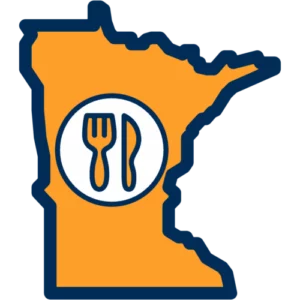
Free School Meals FAQ
Since the Free School Meals Program is a State of Minnesota program, do we still need to follow the Federal National School Lunch Program (NSLP) and School Breakfast Program (SBP) meal patterns?
Can students get second meals for free?
Can schools sell a la carte items?
We sell second entrees as an a la carte item. Is there a minimum price that I must charge for a second entrée? Is there a minimum price that I must charge for a la carte items?
Can a school deny a second meal, second entrée, or a la carte item if the student does not have money in their account to pay for it?
If a student brings their own lunch and only wants a milk, do we charge them for the milk or can we claim this milk for reimbursement?
Do I still need to collect Applications for Educational Benefits?
Why is important to continue to collect Applications for Educational Benefits?
If a family refuses to complete an Application for Education Benefits, are we supposed to refuse to serve them a meal?
Can we offer incentives to families to fill out the Applications for Educational Benefits?

